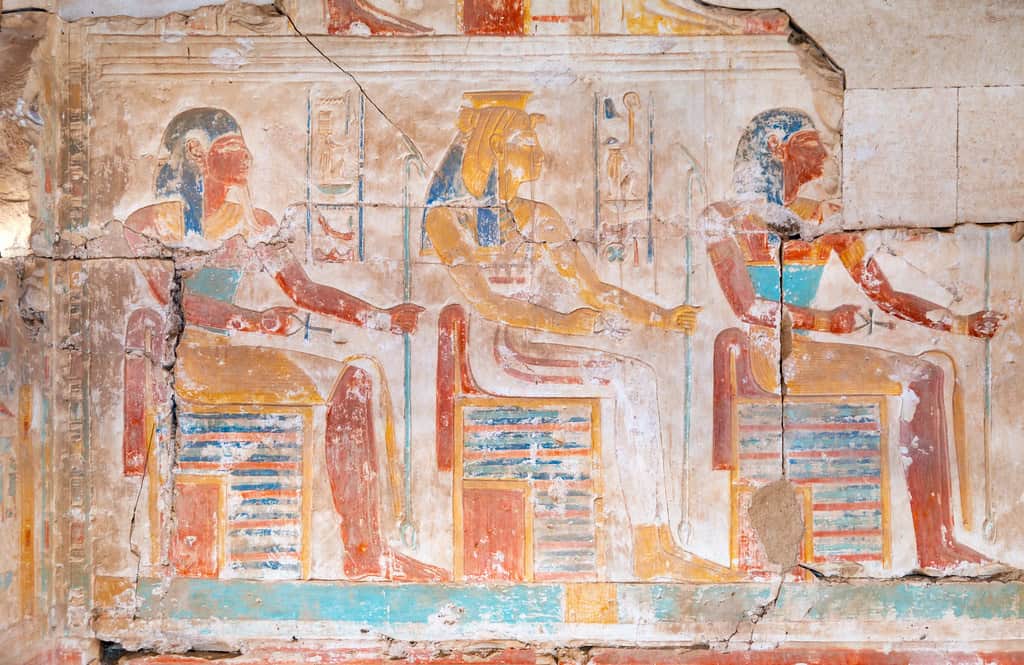Throughout human history, our relationship with animals has been complex and multifaceted. Many creatures that regularly appear on our dinner plates today once held sacred status in ancient cultures, revered as divine beings or manifestations of gods. This spiritual reverence often protected these animals from being consumed, creating a stark contrast with modern dietary practices. This transformation from sacred to sustenance reflects profound shifts in human culture, religion, and our understanding of our place in the natural world. Join us as we explore these fascinating animals that have journeyed from temple to table, examining both their sacred past and their place in contemporary cuisine.
Cows: From Hathor to Hamburgers
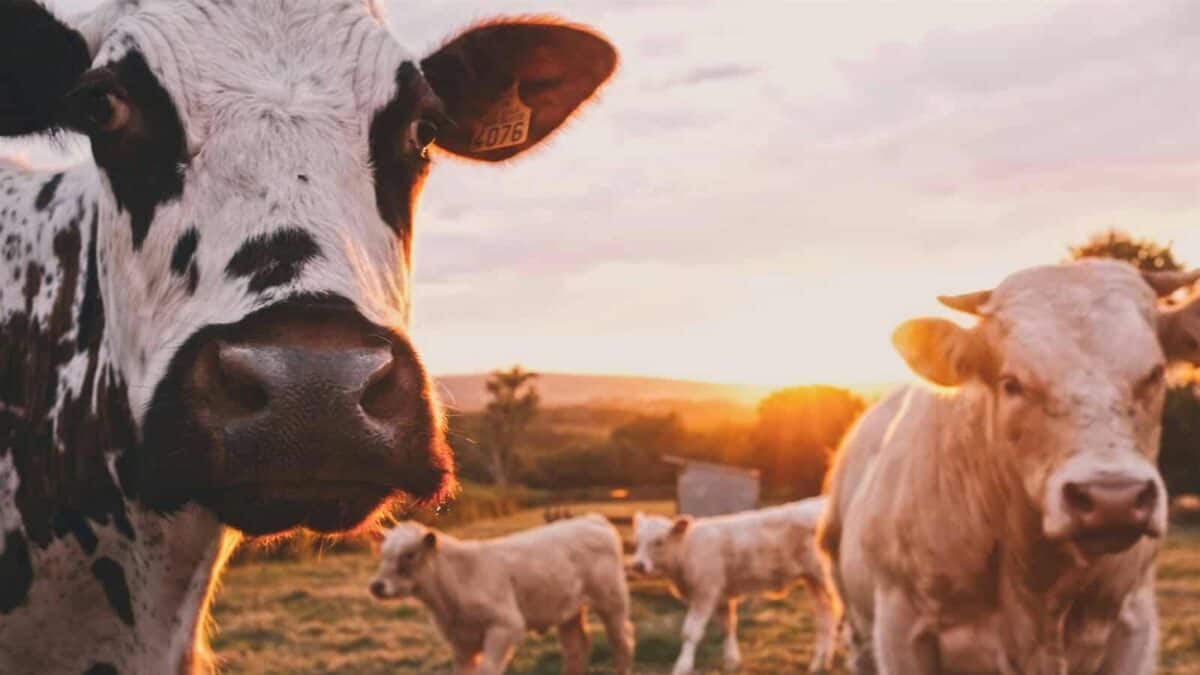
Perhaps no animal better exemplifies the transition from worship to widespread consumption than the cow. In ancient Egypt, cows were sacred animals associated with Hathor, goddess of motherhood, joy, and love. Bulls were similarly venerated, particularly in the form of the Apis Bull, considered a manifestation of the god Ptah. These sacred bovines lived luxurious lives in temples, were adorned with gold and precious stones, and upon death received mummification and elaborate funeral rites that sometimes rivaled those of pharaohs.
In India, cows maintain their sacred status to this day in Hinduism, where they are associated with the goddess Kamadhenu and numerous other deities. Yet in much of the modern world, beef is among the most consumed meats, with global production exceeding 70 million tons annually. The hamburger, perhaps the most iconic beef dish, represents a complete inversion of the cow’s once divine status – from an animal too sacred to harm to one processed for fast food consumption. This transformation reflects changing religious landscapes and the industrialization of food production that has distanced many cultures from the spiritual connections their ancestors once had with food animals.
Pigs: Sacred in Ancient China, Central to Modern Cuisine

In ancient Chinese culture, particularly during the Shang dynasty (1600-1046 BCE), pigs held significant religious importance. Archaeological evidence reveals elaborate pig burials, suggesting they were sacrificed in important rituals and considered sacred animals. Some tombs featured jade carvings of pigs, indicating their elevated status. The pig was also one of the first animals to be domesticated in China, around 10,000 years ago, initially kept for ceremonial purposes rather than primarily for food.
Today, pork is the most widely consumed meat globally, constituting about 36% of worldwide meat consumption. China remains the world’s largest pork producer and consumer, accounting for roughly half of global production. The transformation of the pig from a sacred animal to an industrial food product represents one of the most dramatic shifts in human-animal relationships. Modern factory farming practices that process millions of pigs annually stand in stark contrast to the reverential treatment these animals once received in ancient Chinese ceremonies, where they were considered worthy offerings to deities and ancestors.
Chickens: Descendants of Divine Jungle Fowl

Before becoming the world’s most numerous domesticated bird, chickens and their wild ancestors held sacred status in multiple ancient civilizations. In Zoroastrianism, one of the world’s oldest continuously practiced religions, the rooster was considered a sacred animal that banished the darkness of night with its morning call. In ancient Rome, sacred chickens were kept by priests for divination purposes – their eating patterns were carefully observed before making important military or political decisions. The goddess Persephone was sometimes depicted with a chicken, and in Persian culture, the rooster was associated with the yazata (divine being) Sraosha.
Today, over 70 billion chickens are raised annually for meat and eggs worldwide, making them the most numerous bird on the planet by a significant margin. The modern broiler chicken has been selectively bred to grow four times faster than its ancestors from just 50 years ago, transforming the once-sacred bird into one of industrial agriculture’s most modified and consumed animals. KFC alone serves more than 2 billion chicken meals annually across 150+ countries, a scale of consumption that would have been unimaginable to the ancient cultures that once revered these birds as messengers of the gods or symbols of resurrection and afterlife.
Fish: From Sacred Symbols to Seafood
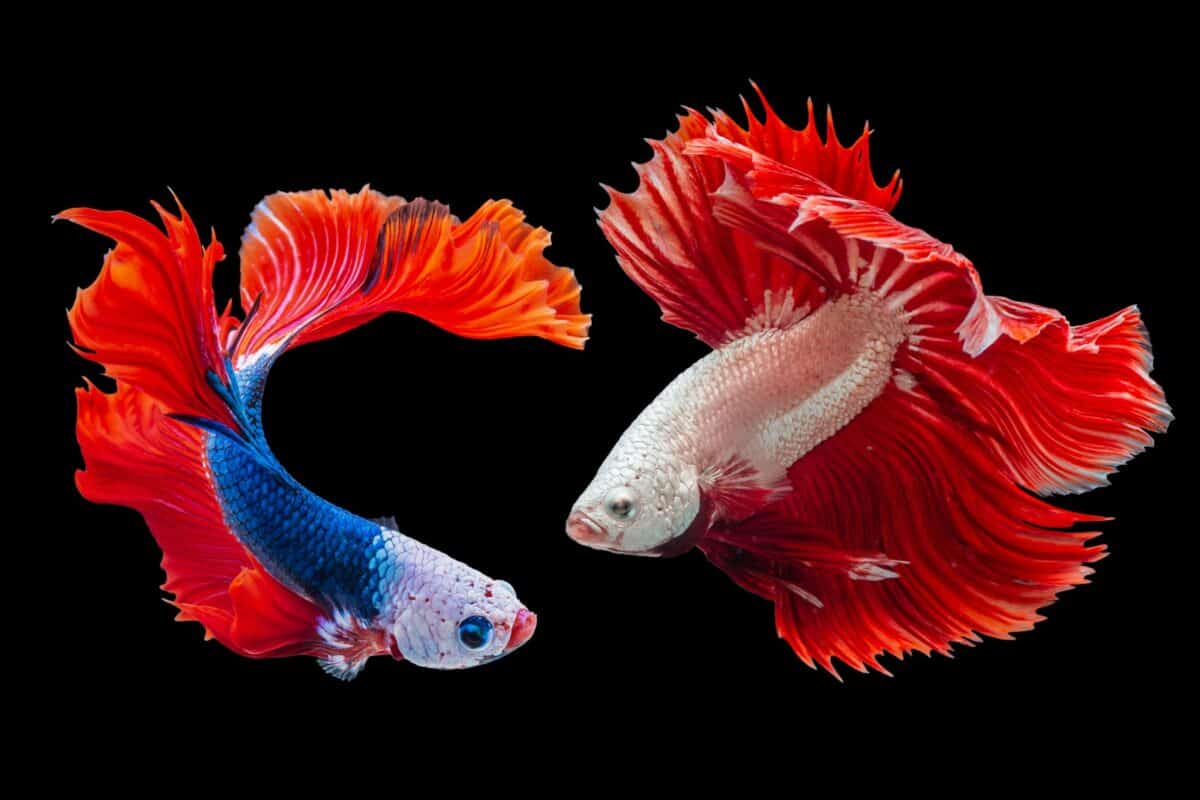
Fish held profound religious significance across numerous ancient civilizations. In early Christianity, the fish (ichthys) became a secret symbol of faith during times of persecution. In ancient Egypt, certain fish species were associated with specific deities – the Nile tilapia was linked to the god Atum and was sometimes mummified. In Greek mythology, fish were associated with Aphrodite and Poseidon. Perhaps most notably, in ancient Mesopotamia, the god Dagon was depicted as half-man, half-fish, while the Philistines and Babylonians similarly revered fish-gods.
Today, global fish consumption has reached unprecedented levels, with over 179 million tons harvested annually. Techniques like industrial fishing and aquaculture have transformed these once-venerated creatures into mass-produced commodities. The Nile tilapia, once sacred in Egypt, is now one of the most widely farmed fish globally, with annual production exceeding 6 million tons. Species like salmon, which held spiritual significance for many indigenous peoples of the Pacific Northwest who viewed them as providers deserving respect and proper treatment, are now intensively farmed in conditions that would be unrecognizable to ancient worshippers. This dramatic shift reflects humanity’s changing relationship with the ocean – from a mysterious realm governed by deities to a resource to be harvested.
Rabbits: Fertility Symbols to Farmyard Staples
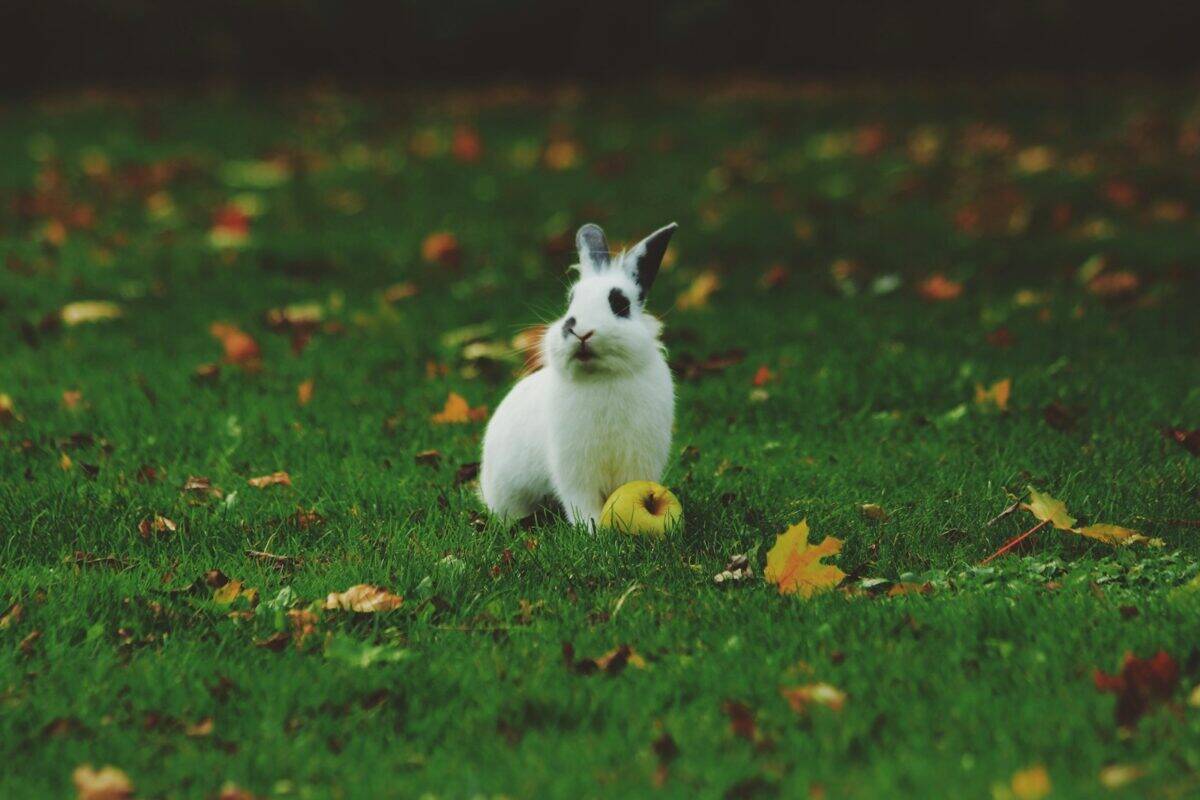
Rabbits and hares have been powerful religious symbols throughout human history, particularly associated with fertility, rebirth, and lunar deities. In ancient Aztec culture, a pantheon of rabbit gods known as the Centzon Totochtin (“four hundred rabbits”) were associated with fertility and drunkenness, believed to be the children of the goddess Mayahuel. In Chinese mythology, rabbits were sacred to the moon goddess Chang’e, and a jade rabbit was said to live on the moon making the elixir of immortality. European pre-Christian traditions associated hares with various goddesses, a connection that persists in modern Easter celebrations.
Despite this sacred history, rabbit meat has become a significant food source in many cultures. France alone consumes over 80,000 tons of rabbit meat annually, while China produces more than 700,000 tons each year. The transition of rabbits from fertility symbols to farm animals represents a shift in human priorities from spiritual connection to practical sustenance. Domestic rabbit breeds have been developed specifically for meat production, with animals that grow larger and faster than their wild counterparts. This industrialization of a once-sacred animal exemplifies how economic considerations have often superseded spiritual ones in modern food systems.
Ducks: Sacred Birds of Ancient Civilizations

In ancient Egypt, ducks held special religious significance and were associated with the god Amun-Ra. Egyptian tomb paintings frequently depicted duck hunting, not merely as a food-gathering activity, but as a symbolic act with religious overtones. Wooden duck decoys found in tombs—among the world’s oldest—suggest the cultural importance of these birds. In Chinese traditions, ducks symbolized fidelity and happiness, while in Celtic mythology, ducks were considered creatures that could travel between the earthly realm and the otherworld, making them messengers of the gods.
Today, duck consumption has become widespread, particularly in Asian cuisines where Peking duck represents one of the most famous poultry dishes in the world. China produces over 4.5 million tons of duck meat annually, accounting for approximately 75% of global production. The mallard duck, once revered in multiple spiritual traditions, has been domesticated and selectively bred into commercial varieties like the Pekin duck, which grows to market weight in just seven weeks. The journey of ducks from sacred entities worthy of artistic representation in tombs to mass-produced food items illustrates how dramatically human relationships with animals can transform across millennia.
Sheep and Goats: From Divine to Dinner
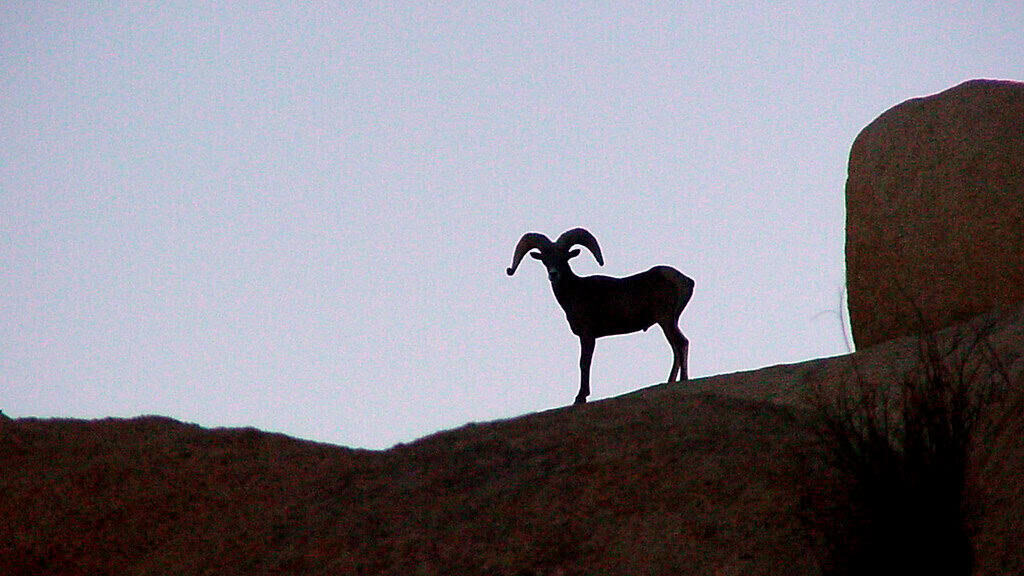
Sheep and goats featured prominently in numerous ancient religions, often associated with sacrifice and divine communication. In ancient Greek religion, sheep were sacrificed to communicate with the gods, with the god Apollo particularly associated with rams. The Egyptian god Khnum, who created humans on his potter’s wheel, was depicted with a ram’s head. In Norse mythology, Thor’s chariot was pulled by goats that could be slaughtered for food and then resurrected. The ram-headed god Amun was one of Egypt’s most powerful deities, later syncretized with Ra as Amun-Ra, king of the gods.
Today, sheep and goat meat constitutes a significant portion of global protein consumption, with over 15 million tons produced annually. Lamb and mutton are dietary staples across the Middle East, North Africa, and parts of Europe, while goat meat remains one of the most consumed proteins worldwide. Modern breeds bear little resemblance to their ancient ancestors, having been selectively bred for meat and wool production. This transformation from sacred animals whose sacrifice constituted a holy act to commodified livestock represents a profound shift in human-animal relationships. In many contemporary religious practices that do retain animal sacrifice, the spiritual aspect has become secondary to the communal meal that follows, further demonstrating this transition from divine to dinner.
Guinea Pigs: From Incan Ritual to Peruvian Plate

Before becoming popular pets in Western countries or appearing on dinner plates in the Andes, guinea pigs (cuy) held sacred status in pre-Columbian South American civilizations. Archaeological evidence reveals that in Incan culture, guinea pigs were not only a food source but also important sacrificial animals used in religious ceremonies. Moche culture artifacts depict guinea pigs in religious contexts, and these animals were believed to have diagnostic powers in folk medicine. Shamans would use guinea pigs in healing rituals, rubbing them over a patient’s body to diagnose illness, a practice called “sobando” that continues in some regions today.
Currently, Peru alone produces about 20 million guinea pigs annually for consumption, with the dish “cuy al horno” (baked guinea pig) considered a delicacy and cultural heritage food. The transformation of guinea pigs from sacred animals to everyday protein sources represents both cultural continuity and change in the Andean region. While some religious associations have been lost, the importance of guinea pigs to cultural identity remains strong. Unlike many other animals on this list, guinea pigs have maintained a continuous presence in both the spiritual and culinary traditions of their native region, representing a unique case where consumption and cultural significance have coexisted rather than one replacing the other.
Deer: From Forest Deities to Venison
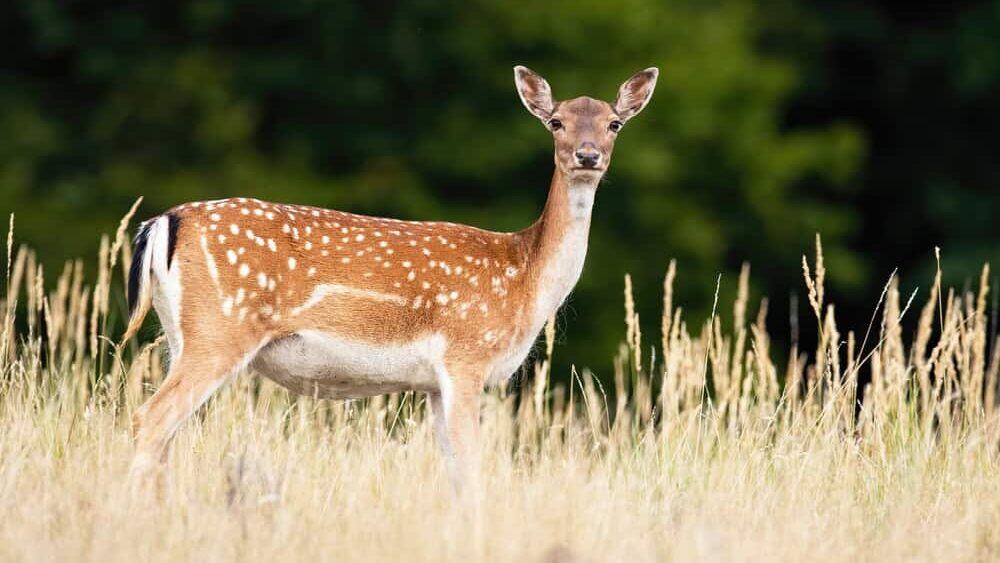
Deer held profound spiritual significance in numerous ancient cultures, often associated with forest deities and supernatural realms. In Celtic mythology, the deer was a sacred animal connected to the goddess Flidais, while the horned god Cernunnos was depicted with antlers. Native American traditions across multiple tribes viewed deer as spiritually significant animals, with the Cherokee believing deer were given to humans by the sun as a gift. In Japanese Shinto tradition, deer were considered messengers of the gods, with the sacred deer of Nara remaining protected to this day. Ancient Egyptians associated deer with the goddess Satis, while in Hindu mythology, the golden deer played a significant role in the Ramayana.
Today, venison consumption has become widespread, with deer farming established in many countries and recreational hunting contributing millions of pounds of deer meat to the food supply annually. New Zealand alone produces over 12,000 tons of farmed venison each year for global export. In the United States, approximately 6 million deer are harvested by hunters annually, providing around 300 million pounds of venison. This transition from sacred forest beings to commercial meat source represents a profound shift in human relationships with these animals. While some cultures maintained taboos against deer consumption due to their spiritual status, the industrialized world has largely set aside these constraints in favor of deer as a sustainable meat source.
Bees: Messengers of the Gods to Industrial Pollinators
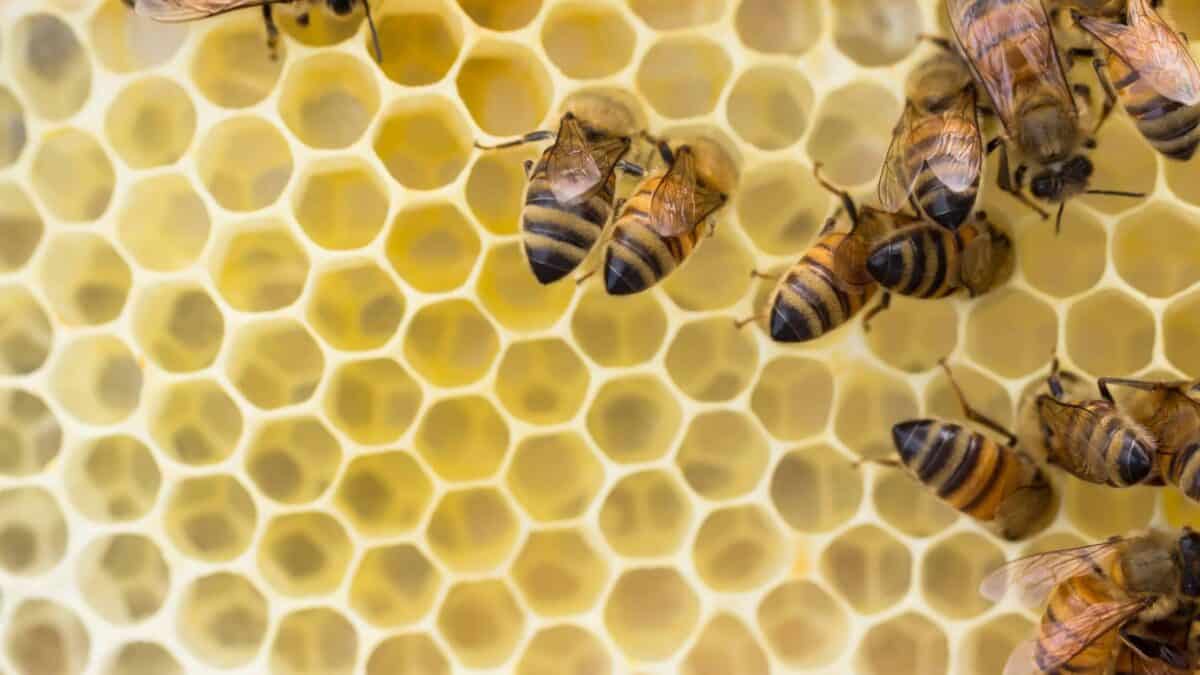
Bees occupied a special place in numerous ancient religions, revered not only for their honey but as sacred creatures with divine connections. In ancient Egypt, bees were associated with the sun god Ra, and honey was considered the tears of Ra. Pharaohs used the bee as a royal symbol, with “Bee” being a title for the rulers of Lower Egypt. In Greek mythology, bees were considered messengers of the gods, with Zeus raised on honey by the nymph Melissa (whose name means “bee”). The Oracle of Delphi was sometimes called “the Delphic Bee,” and priestesses of Artemis and Demeter were known as “Melissae.” Hindu traditions associated bees with Krishna, while in Celtic mythology, bees were believed to be able to travel between this world and the otherworld.
Today, honey production has become an industrialized process, with global annual production exceeding 1.9 million tons. Beyond honey consumption, we’ve transformed the sacred bee into an agricultural tool, with commercial beekeeping focused primarily on crop pollination services worth billions of dollars annually. In California alone, over 1.5 million bee colonies are transported to pollinate the almond orchards each spring. While not consumed directly like other animals on this list, bees’ transition from divine messengers to managed livestock represents one of the most profound shifts in human-animal relationships. Their commodification extends beyond their produce (honey) to the very ecosystem services they provide, representing a complete transformation from spiritual entities to biological machines in service of industrial agriculture.
Turtles and Tortoises: From Creation Myths to Soup

Turtles and tortoises featured prominently in creation myths and religious symbolism across diverse ancient cultures. In Hindu cosmology, the world was supported on the back of a giant turtle, and the god Vishnu took the form of a turtle (Kurma) in his second avatar. Chinese mythology similarly depicted a cosmic turtle supporting the world, while Native American traditions across numerous tribes featured the “World Turtle” or “Turtle Island” carrying the earth on its back. The longevity of turtles made them symbols of immortality in many cultures, with tortoises featured in tomb art in ancient Egypt and China as symbols of eternal life.
Despite this sacred history, turtle consumption became widespread in many cultures. Turtle soup was once considered a delicacy in Western cuisine, nearly driving species like the green sea turtle to extinction before conservation efforts began. In parts of Asia, turtle consumption continues both as food and in traditional medicine, placing pressure on wild populations. The Chinese soft-shelled turtle is farmed in enormous numbers, with China producing over 340,000 tons of turtle meat annually. This transformation from cosmic pillars of creation to farmed food source represents one of the most dramatic shifts in human-animal relationships. Conservation efforts now aim to protect the very animals once considered divine, as many turtle species face extinction due to habitat loss, pollution, and continued harvesting for food and traditional medicine.
The Sacred to Sustenance Transformation: What Changed?

The dramatic shift from worshipping animals to consuming them reflects profound changes in human society over millennia. The rise of monotheistic religions played a significant role, as they often rejected animal worship as paganism, instead positioning humans as having dominion over animals. This religious transformation coincided with increased urbanization and the disconnection of people from natural systems, allowing for a psychological distancing from animals as sentient beings. The scientific revolution further contributed by replacing animistic worldviews with mechanistic ones, recategorizing animals from spiritual entities to biological machines.
Economic forces accelerated this transformation, with industrialization of agriculture in the 19th and 20th centuries completing the conversion of once-sacred animals into mass-produced commodities. Factory farming, with its emphasis on efficiency and production volume, represents the culmination of this process – treating animals as units of production rather than beings with inherent sacred value. Yet this shift wasn’t without resistance; vegetarianism in Hindu traditions preserved the cow’s sacred status, and contemporary animal rights movements can be seen as attempting to restore ethical consideration to animals in a secular context. As we face environmental crises and ethical questions about our food systems, many are reconsidering these ancient relationships, suggesting that the story of animals’ journey from temple to table continues to evolve in response to our changing understanding of our place in the natural world.
- Animals We Eat (That Were Once Worshipped by Ancient Civilizations) - August 10, 2025
- What Scientists Found in Ice Cores From Alaska Will Shock You - August 9, 2025
- How Water Scarcity Could Spark Mass Migration in America - August 9, 2025

